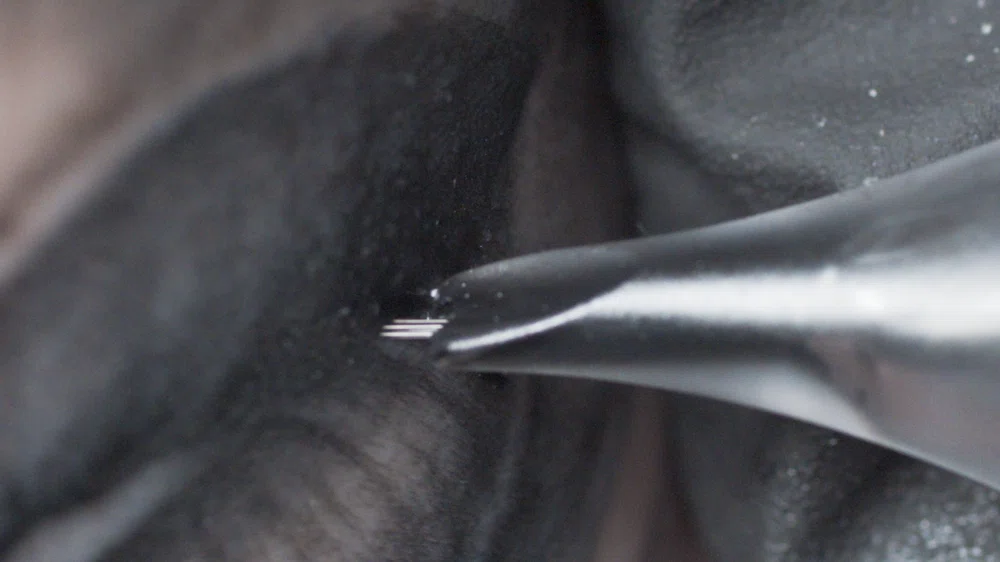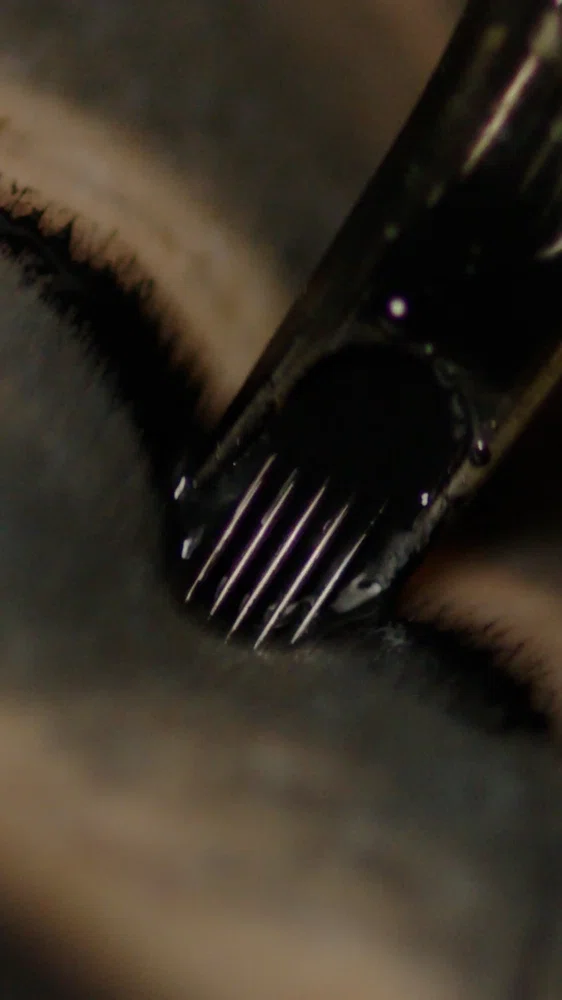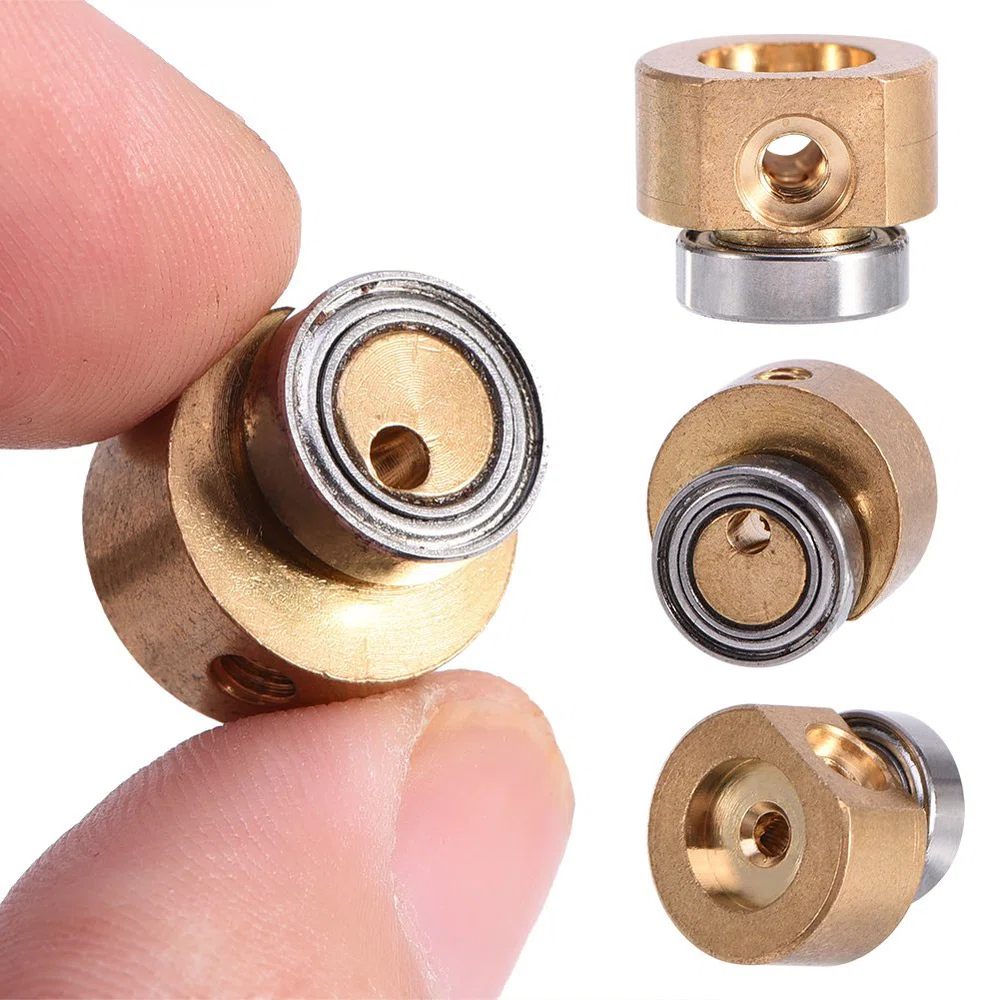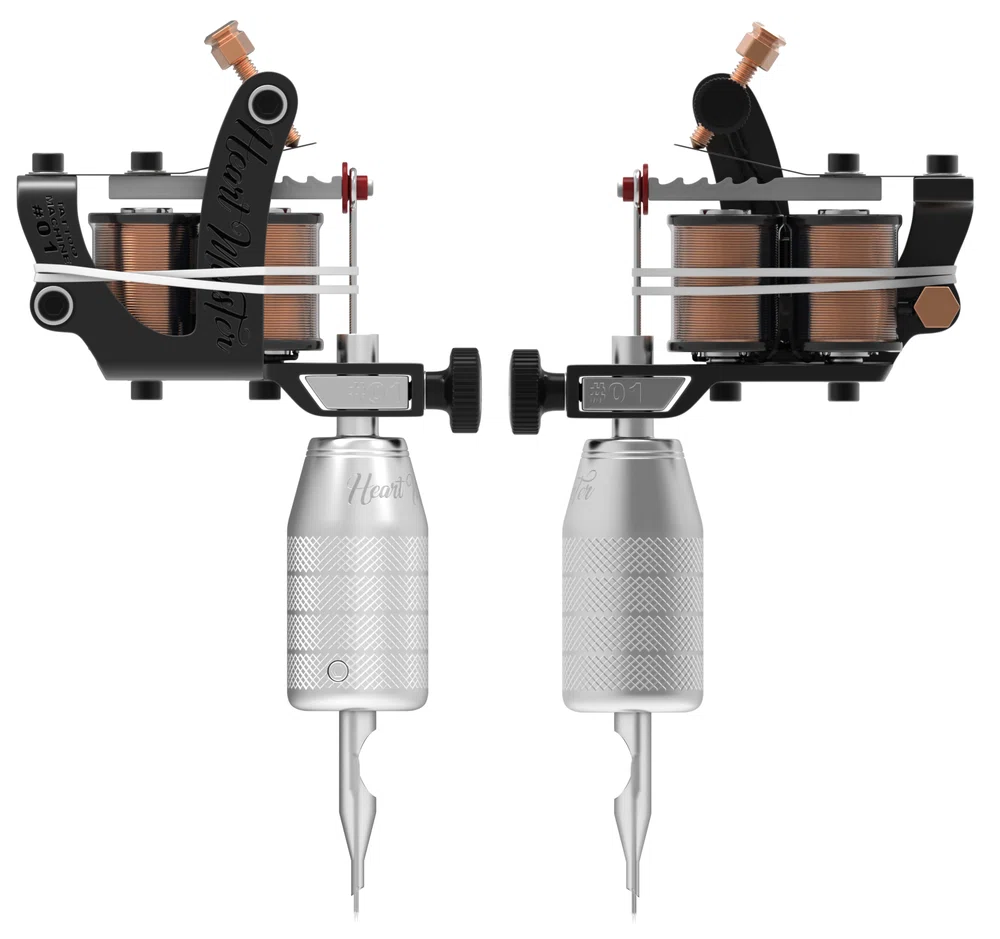What is the 'stroke' of a tattoo machine?
General characteristics of the stroke and its importance when tattooing
11 May 2023
When you first start tattooing, you encounter certain challenges related to the mechanics and technical operation of the machines, which are crucial for your work.
Understanding and familiarizing yourself with the tools is essential in tattooing, along with mastering different styles and techniques.
When it comes to needles and the depth of the punctures, it's important to address the stroke of your tattoo machine. This component plays a vital role in your work, so let's delve into when and how to use it effectively.
Let's proceed.
What is a stroke?
The stroke of a tattoo machine refers to the distance the needle travels inside the cartridge of the machine. It represents the movement of the needle from its initial position to its final position while it penetrates the skin during the tattooing process.
The stroke length is typically measured in millimeters and can vary depending on the type of tattoo machine and the technique being employed.
Generally, six "standard" stroke lengths can be identified: 2.5 mm, 3 mm, 3.5 mm, 4 mm, 4.5 mm, and 5 mm. However, some practitioners believe that the most commonly used measurements are 2.5 mm, 3.5 mm, 4 mm, and 5 mm.
The increments between these measurements are typically 0.5 millimeters, as it is a more manageable and controllable measurement compared to others. But what is the purpose of each stroke length?
Utilities of each stroke
The 2.5 mm stroke length is commonly used for creating shadows and certain blending techniques. It allows for multiple passes on the skin without causing excessive trauma. However, its shallow penetration makes it unsuitable for precise work such as solid fills or bold lines. It's important to note that this measurement is not widely used by all artists and is typically favoured by those with a personalized style.
On the other hand, the 3.5 mm stroke length is also used for shading, but with more intensity. It is commonly employed for creating lines and fills, making it a popular choice for tattooing styles like Realism that require versatility.
These intermediate lengths offer flexibility, which is advantageous for artists who are starting out or have limited experience.
In contrast, the 4 mm and 5 mm stroke lengths are exclusively used for creating lines.
When attempting shading with these lengths, the result may appear more "scratchy" since the needles spend less time on the skin and tend to pick up less ink.

However, these longer strokes allow for deeper penetration, making them suitable for solid colours and fills. It's important to exercise caution when choosing longer stroke lengths, as they offer less control and carry a higher risk of pigment dispersion and potential blowouts.
Therefore, extensive experience is recommended before opting for longer strokes.
In summary, the choice of stroke length depends on several factors, including tattoo style, design requirements, necessary techniques, and, most importantly, your personal preferences and skills as a tattoo artist.
How to calibrate the correct stroke?
Calibrating the proper stroke of a tattoo machine is critical to achieve a high-quality tattoo and minimize the risk of damaging the client's skin. For this, you must consider the following:
- Identify the type of tattoo to be performed: as we anticipated, the style and design affect the length of the stroke. For example, type tattoos FineLine may require a shorter stroke, while shadow tattoos may require a longer one.
- Adjust stroke length: Most tattoo machines have a stroke length setting, which we will explain below. Start with a longer stroke length and gradually adjust towards a shorter position until you find what you need.
- Check the depth of the needle: The needle should penetrate the skin far enough to deposit the ink evenly but not so deep as to damage the skin or cause excessive bleeding. You can practice this on synthetic skin for tattooing, although the effect compared to human skin will not be the same.
- Making adjustments during the tattoo: As you progress, you can make further adjustments to the length of the stroke to ensure that the needle is penetrating the skin correctly.
Always study the design first and be clear about your needs and demands. In addition, the client's skin type can also affect your decision, so, we repeat, you have to be cautious.

Some common problems
As you can imagine, being something so specific and technical, problems with the stroke do not take long to arise. If you notice any inconvenience when tattooing, some reasons may be these:
- Stroke too short: Insufficient depth and poor visibility in the tattoo due to the needle not penetrating the skin adequately.
- Stroke too long: Difficulty in controlling needle depth, increasing the risk of skin damage and excessive bleeding if not handled correctly.
- Lack of fit: Poorly adjusted machine leading to subpar results, potential skin damage, and issues with machine performance.
- Difficulty adjusting stroke: Some tattoo machines may be challenging to adjust correctly, affecting the execution of certain tattoo styles and overall tattoo quality.
Operation of the stroke in the different machines
As you know, there are two types of tattoo machines: coil and rotary. Naturally, due to their particular constructions and characteristics, the calibre of the stroke will be different in each one of them. We’ll explain it to you.
The stroke in rotating machines
In a rotary machine, the stroke is defined as the distance traveled by the machine needle from its lowest position to its highest position during each revolution of the motor. This movement is facilitated by a component called a "cam" or "crank," which rotates and creates a circular motion that causes the needle to move in and out.
The cam or crank mechanism is responsible for driving the needle in a controlled manner, allowing for precise and consistent tattooing.

The stroke length in a rotary machine can be modified by adjusting an adjustment screw that controls the position of the cam. By moving the screw inwards or outwards, you can alter the distance traveled by the needle during each revolution of the motor.
It's important to note that the design of this mechanism may vary among manufacturers, so it is advisable to consult the manual and seek guidance from your supplier to ensure proper adjustment.
Therefore, the stroke length in a rotary machine refers to the distance covered by the needle during each revolution of the motor and can be adjusted directly on the machine itself.
The stroke in coil machines
In a coil tattoo machine, the stroke is defined as the vertical distance covered by the needle bar as it moves up and down during the tattooing process. This type of machine operates based on the magnetic field generated by the coils.
The needle bar is connected to the front coil, while the rear coil is connected to the iron core. When the coils are activated, the magnetic force attracts the iron core towards the bobbins, causing the needle bar to move downward. Conversely, when the coils are deactivated, the needle bar is pushed upward by the force of a spring.
The stroke length in a coil machine determines the depth at which the needle penetrates the skin, impacting the tattooing process and the resulting outcome. Adjusting the stroke length involves modifying the position or tension of the spring, which affects the movement of the needle bar. This allows tattoo artists to achieve different effects and control the depth of their needle penetration.

Indeed, the length of the stroke in a coil tattoo machine can be adjusted by modifying the distance between the iron core and the front coil. This adjustment directly affects the amount of magnetic energy required to attract the iron core, consequently determining the distance the needle bar travels downward.
It is crucial to develop proficiency in handling all the components of the machine and practice extensively with different stroke lengths on synthetic skins before working on actual clients. Mastery of stroke length will come with experience and continuous learning.
It's important to understand that every individual's skin responds differently to tattooing, and the effectiveness of different needle types, machines, and inks may vary. If you're seeking to deepen your understanding of tattooing, we are here to provide guidance and support throughout your learning process. Click here and learn to tattoo like a pro.